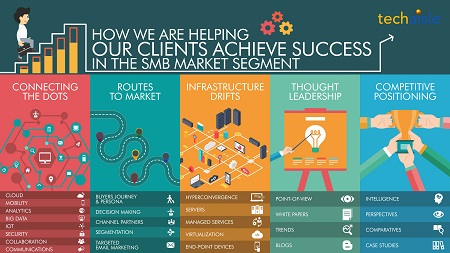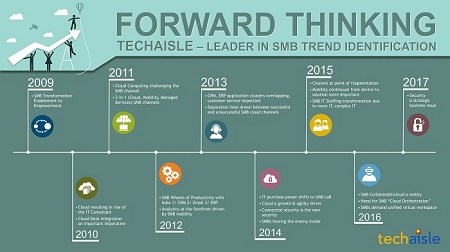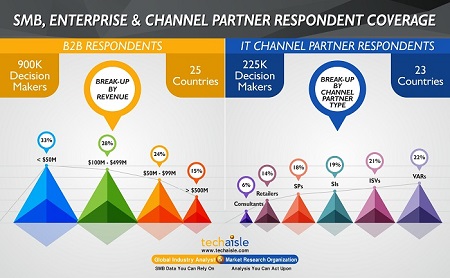Over the past decade, there has been an explosion in the number and types of information sources available to SMB IT and business decision makers. It is no longer the case that these ITDMs and BDMs can be moved predictably through a process that starts with an initial inquiry and progresses through education to qualification and to a sale. Instead, technology buyers are increasingly self-educated and make contact with a supplier, not with an initial inquiry, but with a fully-formed request.
Techaisle’s survey of 1120 US SMBs, 360 on Balance of Authority: decision cycle, shows that SMBs engage with IT supplier at 50% decision stage. In fact, worst still, the IT supplier’s and channel partner’s role begins in when price, deployment & support are the only points left to discuss.
Techaisle’s corresponding survey of 1246 US SMBs, Influencing the SMB buyers’ journey, shows that “Campaign marketing” has become a relic of an earlier age, replaced by a content marketing brew combining “thought leadership” (to engage new prospects) and ‘digital discovery’ (to ensure visibility for the thought leadership).


















